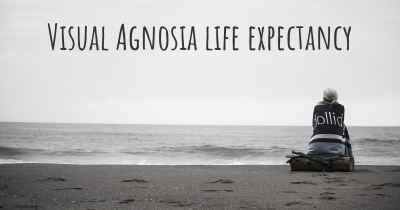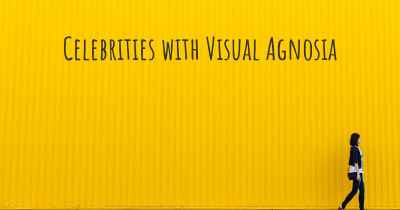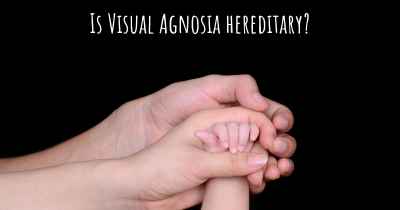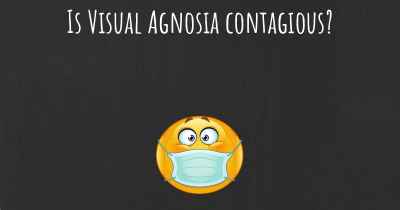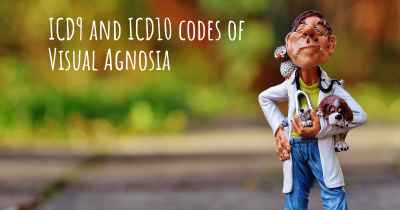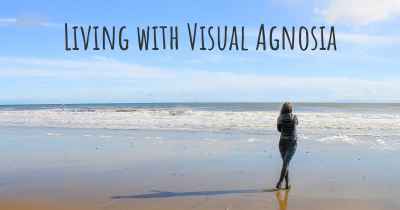Which advice would you give to someone who has just been diagnosed with Visual Agnosia?
See some advice from people with experience in Visual Agnosia to people who have just been diagnosed with Visual Agnosia
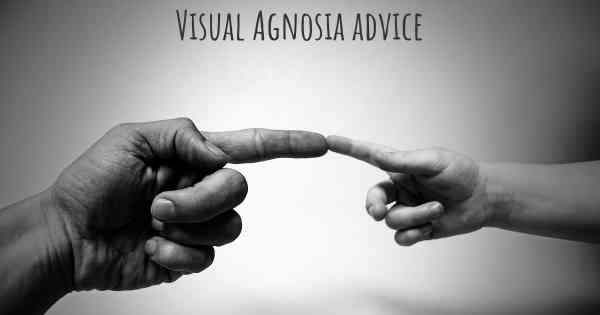
Advice for Coping with Visual Agnosia
Receiving a diagnosis of visual agnosia can be overwhelming and may raise many questions about how to navigate daily life with this condition. Visual agnosia is a neurological disorder that affects the ability to recognize and interpret visual information correctly, even though the eyes and vision are typically intact. While there is no cure for visual agnosia, there are strategies and techniques that can help individuals adapt and cope with this condition. Here are some important pieces of advice to consider:
- Seek Professional Help: It is crucial to consult with healthcare professionals, such as neurologists, ophthalmologists, and occupational therapists, who specialize in visual agnosia. They can provide a comprehensive evaluation, offer guidance, and suggest appropriate interventions tailored to your specific needs.
- Learn About Visual Agnosia: Educate yourself about visual agnosia to gain a better understanding of the condition. Knowledge about the causes, symptoms, and available treatments can empower you to make informed decisions and actively participate in your own care.
- Build a Support Network: Reach out to friends, family, and support groups to create a network of individuals who can offer emotional support and practical assistance. Sharing experiences with others who have visual agnosia can provide a sense of belonging and help you learn from their coping strategies.
- Develop Compensatory Strategies: Work with occupational therapists or vision rehabilitation specialists to develop compensatory strategies that can enhance your daily functioning. These strategies may include using alternative senses, such as touch or hearing, to gather information, labeling objects, using memory aids, and creating a structured environment.
- Use Assistive Technology: Explore the wide range of assistive technologies available to aid individuals with visual agnosia. These may include smartphone apps, voice-activated devices, electronic magnifiers, and screen readers. These tools can assist with tasks like reading, recognizing faces, and navigating the environment.
- Practice Visual Exercises: Engage in visual exercises recommended by your healthcare professionals to improve visual processing and strengthen visual memory. These exercises may involve pattern recognition, visual puzzles, and memory games. Regular practice can help maintain and potentially improve visual abilities.
- Modify Your Environment: Make modifications to your living and working environments to minimize visual challenges. Ensure good lighting, reduce clutter, use color contrast to enhance object recognition, and label frequently used items. These modifications can make daily tasks more manageable and reduce frustration.
- Communicate Your Needs: Clearly communicate your condition and specific needs to those around you, including family, friends, and coworkers. Help them understand the challenges you face and suggest ways they can support you effectively. Open and honest communication is key to fostering understanding and empathy.
- Practice Self-Care: Take care of your overall well-being by prioritizing self-care. Engage in activities that bring you joy and relaxation, maintain a healthy lifestyle, and seek emotional support when needed. Managing stress and maintaining a positive mindset can positively impact your ability to cope with visual agnosia.
- Stay Positive and Patient: Adjusting to life with visual agnosia can be a gradual process. It is important to remain patient with yourself and celebrate small victories along the way. Maintaining a positive attitude and seeking professional help when needed can greatly contribute to your overall well-being.
Remember, everyone's experience with visual agnosia is unique, and what works for one person may not work for another. It is essential to work closely with healthcare professionals to develop a personalized plan that addresses your specific challenges and goals. With time, support, and the right strategies, it is possible to adapt to visual agnosia and lead a fulfilling life.
